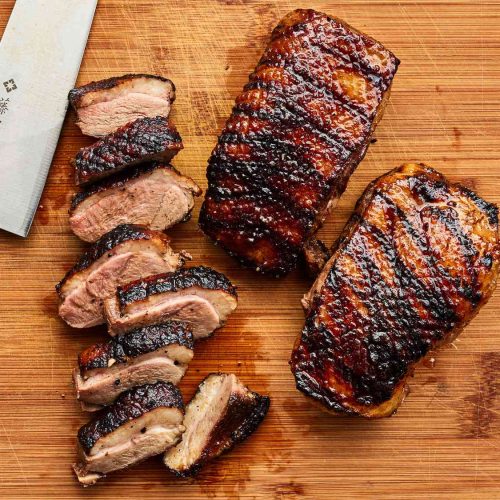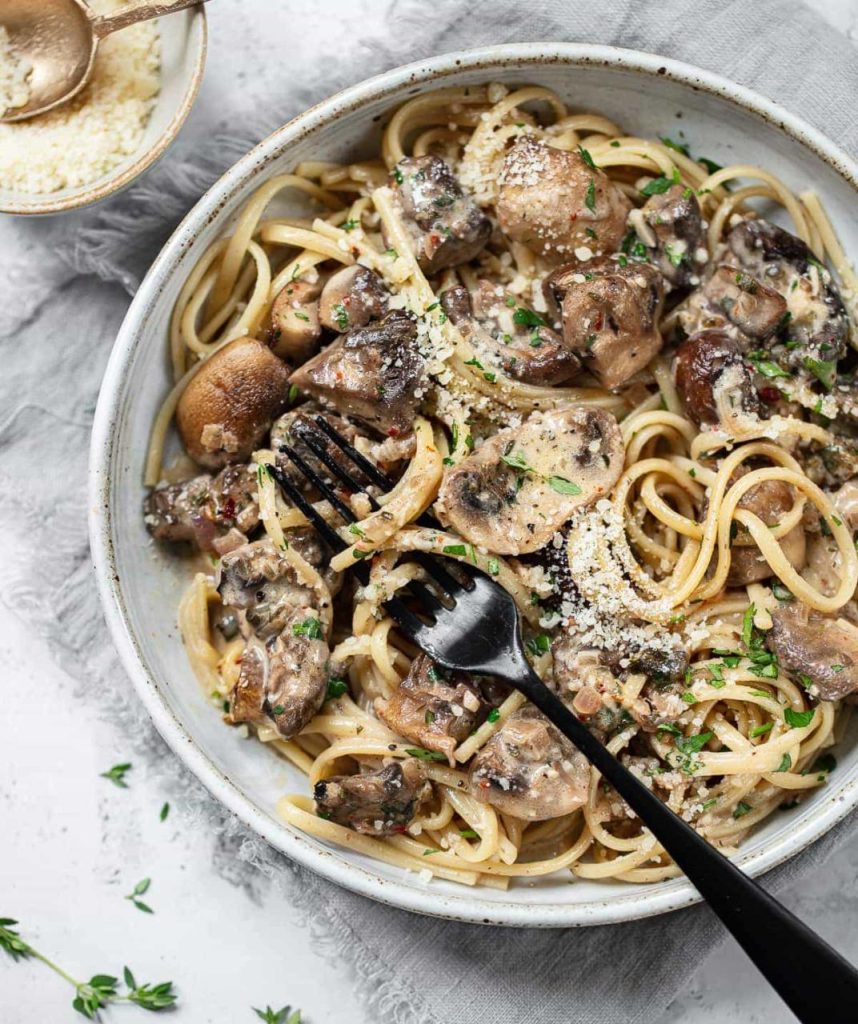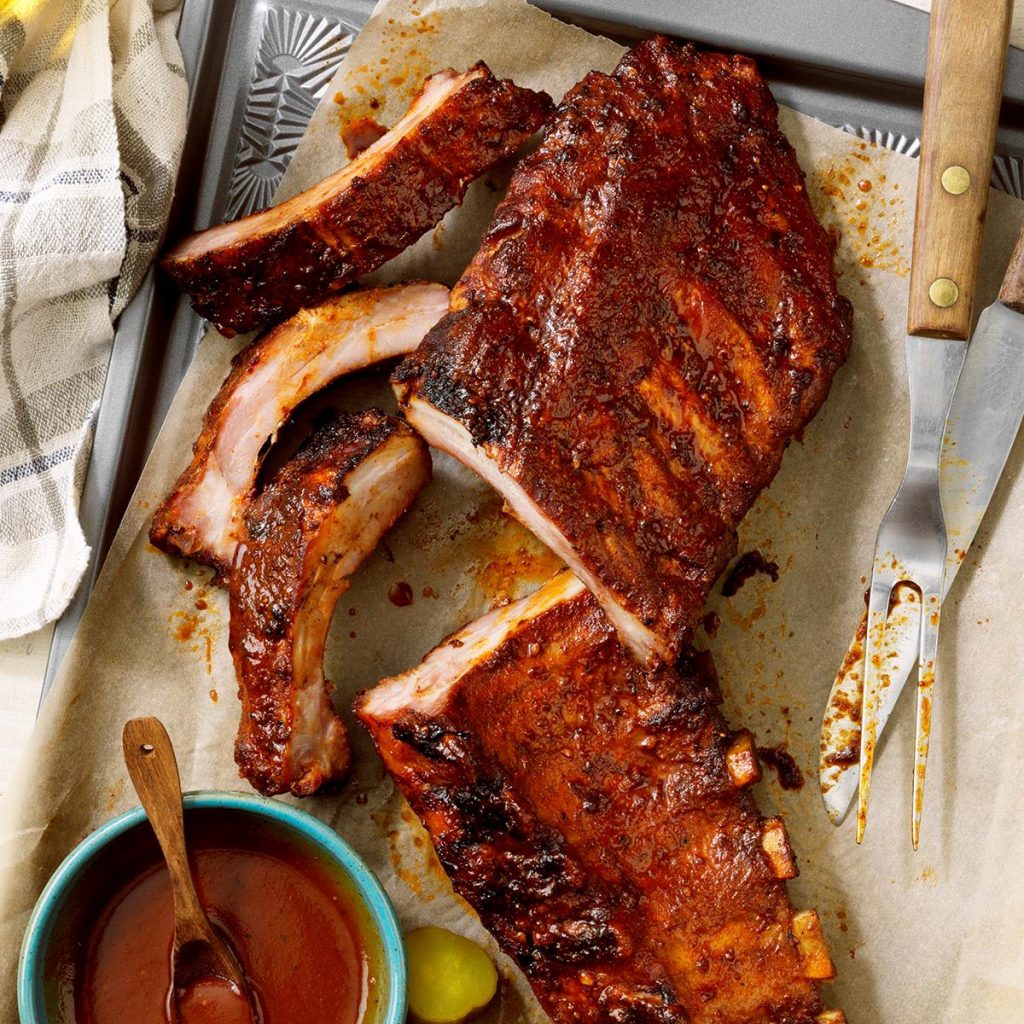Hey there, fellow food enthusiasts! Today, we’re diving into the succulent world of wild duck fillet – a true gem for any game meat lover. I’ve been experimenting in my kitchen, and let me tell you, the rich flavors are absolutely worth the effort. So, let’s talk about how to make your wild duck fillet experience unforgettable, minus the recipe details since I know you’ve got that part covered.

Wild duck fillet in an exotic manner
Ingredients
- 4 savage duck fillets
- 1/2 l. can pineapple disks
- 4 bananas
- 2 grapefruits in sections
- 1 dl. cream the bananas
- orange liquor
- 2 ells. Potato flour
- 50 gr. butter or margarine
- salt and pepper
Instructions
- Powder duck fillets with salt and pepper.
- Heat 35 gr. butter in a pan and singe the fillets on both sides.
- Take fillets just as from the pan and keep them warm (bijv, by putting vegetable a chalkboard on a pan in which rises or is cooked).
- With mixed potato flour and joint the bananas in discs bind the fruit juice.
- Joint the remaining butter to the pan and barge the duck fillets brown, during approx. 4 minutes on each side.
- And extinguishes the barge butter with a tot orange liquor or a smattering water takes the fillets from the pan.
- The contents of the can heat pineapple with the grapefruitpartjes, lemon juice and the crème the bananas.
Video
Notes
Cooking Tips for Perfect Wild Duck Fillet

Alright, my culinary friends, let’s get into the nitty-gritty of cooking that wild duck fillet to perfection. We’ve already established that medium-rare is the sweet spot and that resting is non-negotiable. But let’s talk about the journey from fridge to plate.
Before you even think about applying heat, let’s discuss marinating. A good marinade can do wonders, especially with wild game. It tenderizes the meat and infuses it with flavors that complement its natural richness. Consider using ingredients like red wine, garlic, juniper berries, or even a splash of balsamic vinegar. Just don’t drown it; we’re not making duck soup here!
Now, onto the cooking surface. Whether you’re pan-searing or grilling, make sure it’s hot. A high-temperature sear gives the fillet a gorgeous crust. If you’re using a pan, go for cast iron – it’s a game-changer for heat retention and even cooking.
Let’s talk about flipping. Resist the urge to flip the fillet too soon. Give it time to develop that crust before you introduce it to the other side. And no pressing down on the fillet! We’re not trying to squeeze out its soul, just cook it evenly.
After cooking, that rest period is crucial. Tent the fillet with foil to keep it warm and let those juices settle. Patience, my friend, is a virtue that rewards you with succulence.
And one last whisper of advice: while resting, why not use those pan juices? Deglaze that pan with a little stock or wine, whisk in a knob of butter, and voila – you’ve got a sauce that’s begging to be drizzled over your beautifully cooked wild duck fillet.
There you have it, a few more pearls of wisdom to ensure your wild duck fillet is nothing short of spectacular. Now go forth and cook with confidence, knowing you’re armed with the secrets to wild duck success!
FAQs About Wild Duck Fillet

Now, I get a lot of questions about wild duck fillet, so let’s clear some things up.
Q: How do I know when the wild duck fillet is cooked perfectly? A: Use a meat thermometer! You’re looking for an internal temperature of around 135°F (57°C) for that perfect medium-rare.
Q: Is there a gamey taste to wild duck fillet? A: Wild duck does have a distinct flavor compared to farm-raised ducks. It’s richer and more complex. If you’re new to game meats, give it a try – you might be pleasantly surprised.
Q: Can I cook wild duck fillet from frozen? A: For the best results, thaw your fillets in the fridge overnight. Cooking from frozen is not recommended as it can lead to uneven cooking.
Serving Suggestions for Wild Duck Fillet

When it’s time to plate up that beautifully cooked wild duck fillet, think of the plate as your canvas. You’re not just serving food; you’re creating an experience. The rich, gamey flavor of the duck is the star, but every star needs a supporting cast.
For a start, consider a bed of creamy mashed potatoes or a smooth celeriac puree. These provide a luxurious base that complements the texture of the fillet. If you’re in the mood for something a bit more rustic, a wild rice pilaf speckled with herbs can add a delightful earthiness to the meal.
Vegetables are your friends here, too. Roasted Brussels sprouts with a touch of honey and balsamic bring a lovely balance of sweet and tart. Glazed carrots or parsnips can also add a hint of sweetness that pairs wonderfully with the savory duck.
Now, let’s talk about that fruit-based sauce we mentioned earlier. If you’re going cherry, consider adding a splash of brandy or port to the sauce for depth. An orange sauce? A pinch of cinnamon and star anise can warm it up beautifully. These sauces not only add a burst of flavor but also a pop of color that makes your dish visually stunning.
And yes, wine is a must. But let’s not stop at Pinot Noir or Cabernet Franc. A glass of Syrah with its peppery notes can stand up to the boldness of the duck without overpowering it. For white wine lovers, a Chardonnay with a hint of oak can be quite complementary.
Finally, garnish with a little green. A sprinkle of finely chopped parsley or chervil adds freshness and color contrast that will make your plates look as good as they taste.
With these enhanced serving suggestions, your wild duck fillet won’t just be a meal; it’ll be a symphony of flavors and textures that dance together in perfect harmony. Bon appétit!
A Deeper Personal Connection with Wild Duck Fillet

Cooking wild duck fillet isn’t just about following a set of instructions; it’s an experience that engages all the senses. For Food Easy Recipes, it’s akin to painting on a blank canvas, where each brushstroke is a spice, and every hue is a flavor. There’s a profound joy in the process, from selecting the perfect fillet to savoring that first succulent bite.
The connection to nature is palpable when you’re working with wild game. It’s a reminder of the cycles of life and the bounty that the earth provides. Each wild duck fillet comes with its own story—a journey from the wilderness to your table. I often find myself pondering the forests and fields, the duck’s habitat, as I prepare my meal. It’s a way to honor the animal and the meal it becomes.
On those evenings when the wind howls outside and the world seems to retreat into a quiet hush, there’s nothing quite like the comfort of a wild duck fillet meal. It’s hearty yet sophisticated, simple yet complex. And when I’m in the kitchen, working with this beautiful ingredient, time seems to stand still. It’s just me, the duck, and the alchemy of cooking.
Sharing this meal with friends and family adds another layer of satisfaction. Watching their faces light up with pleasure at the first taste is a reward in itself. It’s a moment of connection, not just with my loved ones but also with the traditions of hunters and gatherers who have shared such meals for centuries.
So, as you embark on your own wild duck fillet journey, remember to savor each step. Experiment with flavors, play with textures, and don’t be afraid to make the dish your own. After all, the best cooking comes from the heart, and that’s a flavor that can’t be replicated.
Happy cooking, my friends, and may your wild duck fillet dishes bring warmth and joy to your table!





